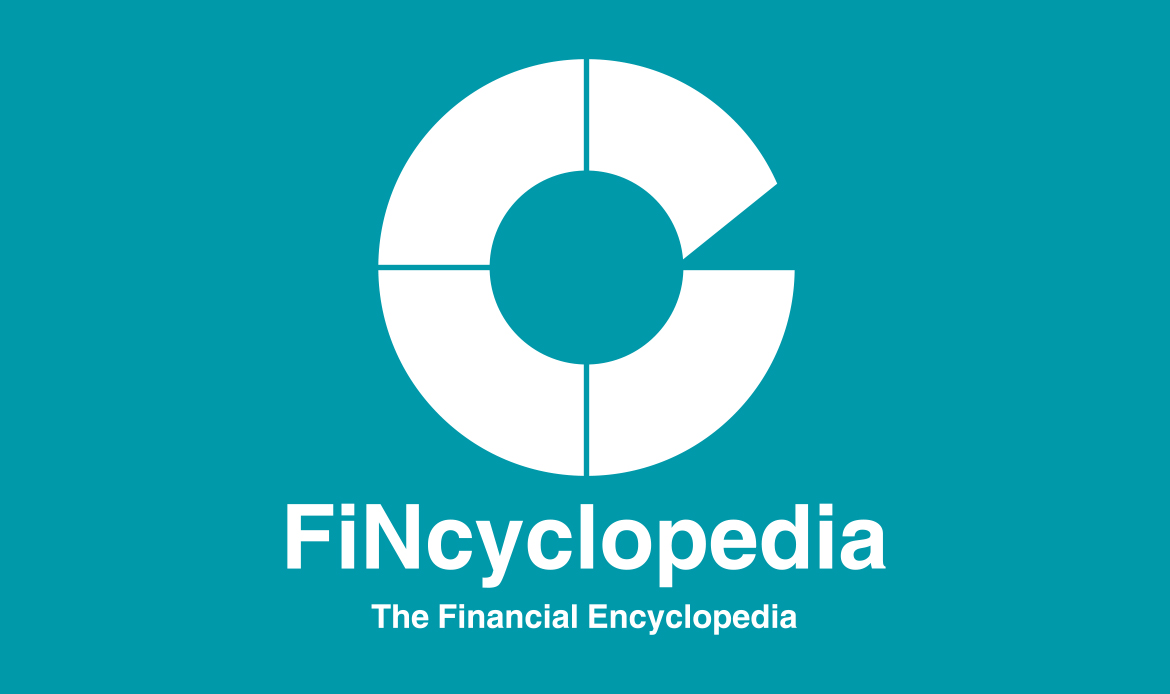It stands for total loss absorbing capacity; an internationally recognized standard that is designed to ensure that global systemically important banks (G-SIBs) have adequate equity and debt instruments, including bail-in debt, so that losses can be passed on to, and absorbed by, investors, consequently minimizing the need for bail-outs.
Banks and other regulated entities are required to possess a certain amount of financial instruments during the so-called “resolution” to absorb losses and be able to recapitalize and continue performing the usual, critical functions during the resolution process. This standard is meant to ensure an orderly resolution by exposing debt/ equity holders to losses (enabling a “bail-in”), instead of tapping into public funds (by means of bail-outs).
TLAC consists of different types of debt instruments, including unsecured debt instruments and secured (covered) debt instruments. Banks and other regulated entities issue these instruments to support their regulatory capital.
The TLAC standard and its requirements apply to G-SIBs and certain bank holding companies.





